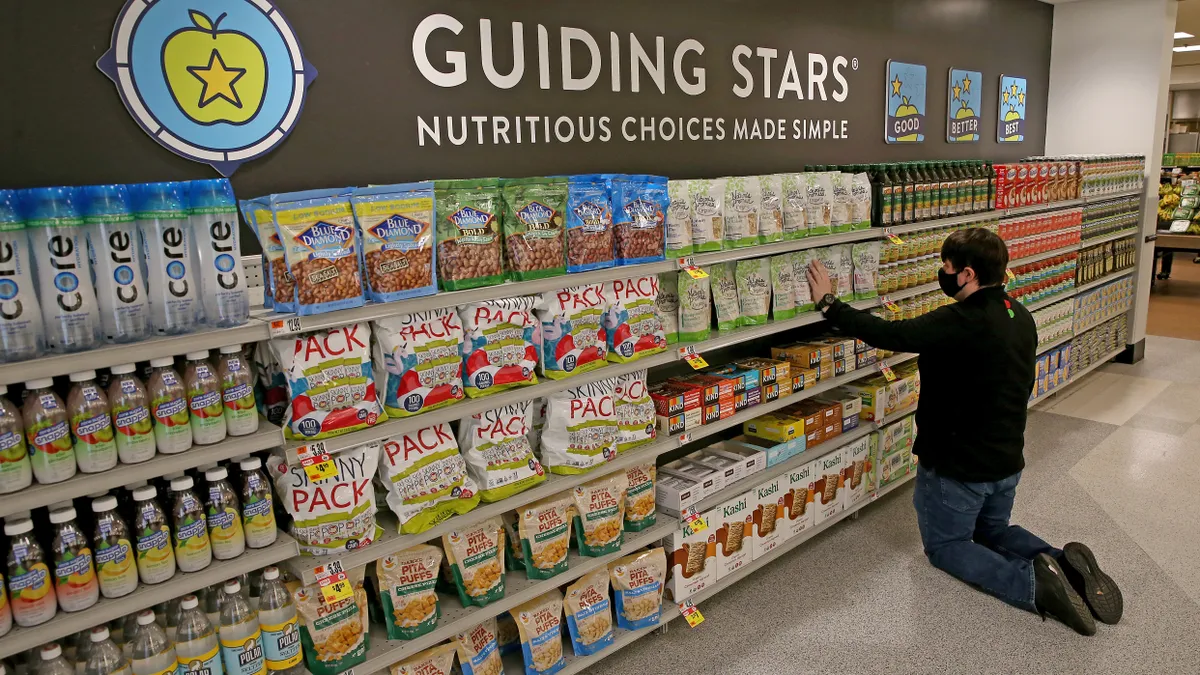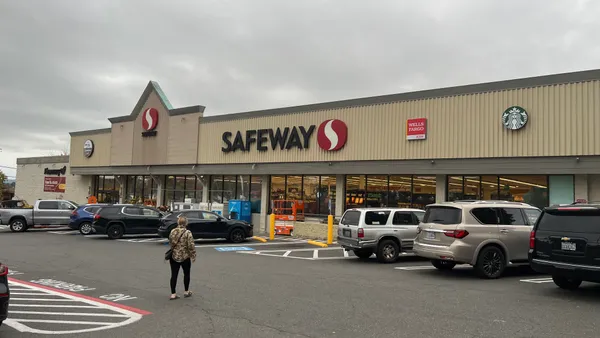Dive Brief:
- More than three-quarters (76%) of surveyed grocery shoppers say transparency about ingredients and how food is made is important, up from 72% and 69% who said the same in 2021 and 2018, respectively, according to new research from FMI – The Food Industry Association (FMI).
- Customers’ desire to receive more information from brands has increased in the past two years and transparency drives more consumer trust, loyalty and purchases.
- As shoppers step up their scrutiny of product attributes, grocers have opportunities to boost transparency in-store and online, FMI found.
Dive Insight:
The share of surveyed shoppers who say providing ingredient definitions leads to more trust and who say they are willing to switch brands for more in-depth information has increased from two years ago by 6 and 8 percentage points, respectively, according to the trade group’s Transparency Trends 2023 report released last week.
“This advancing need for transparency coincides with a period of great upheaval in society — from the COVID-19 pandemic to economic challenges, but shoppers were not distracted by these events. Instead, their desire for transparency grew and remains an important requirement for retailers and brands,” the report noted.
The report is based on a survey of 1,018 U.S. grocery shoppers between Aug. 18-23, interviews with select survey respondents and research from NielsenIQ.
Electrolytes, high caffeine, MSG, gut health claims and “unrefined/not refined” ingredients are some of the fastest-growing food and beverage attributes searched by consumers, according to NielsenIQ research cited by FMI. The report said these searches represent an early indicator of emerging trends.
NielsenIQ research noted that claims like upcycled and regenerative are emerging and quickly expanding as the grocery industry responds to increasing demands around transparency.
Whole Foods Market, for example, included brands that promote water conservation and “put the ‘plant’ back in ‘plant-based’” as two of their top 10 food trend predictions for 2024, noting that consumers are getting more invested in supporting regenerative agriculture.
Most shoppers look for specific product details while considering the item at the point of purchase
FMI’s report delved into the role that online shopping plays with transparency compared to in-store. As customers, for example, use search and filtering capabilities to find products with certain attributes, they expect similar in-store experiences, the research found.
More than 70% of surveyed shoppers said it’s important or extremely important to compare product details — such as nutrition and ingredients — during online shopping and 87% said it’s somewhat or very easy to do so.
Definitions and sourcing information that most pique consumers’ interest
In a sign of omnichannel adoption by consumers, more than 80% said they would be somewhat or very likely to use a QR code, website, app or other tool to seek more product details regardless of whether they are shopping in-store or online.
Nearly 60% of consumers said they would find a “healthy” claim on food labels very or extremely valuable. FMI said it asked respondents that question because the FDA is studying whether a “healthy” symbol could effectively tell consumers at a glance whether a product meets the agency’s definition of the term.












